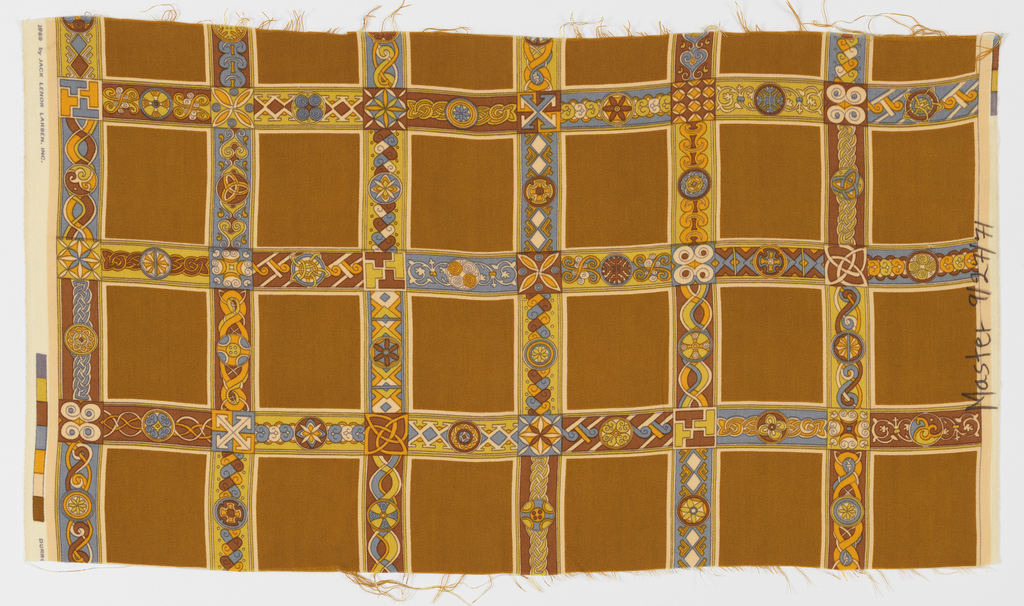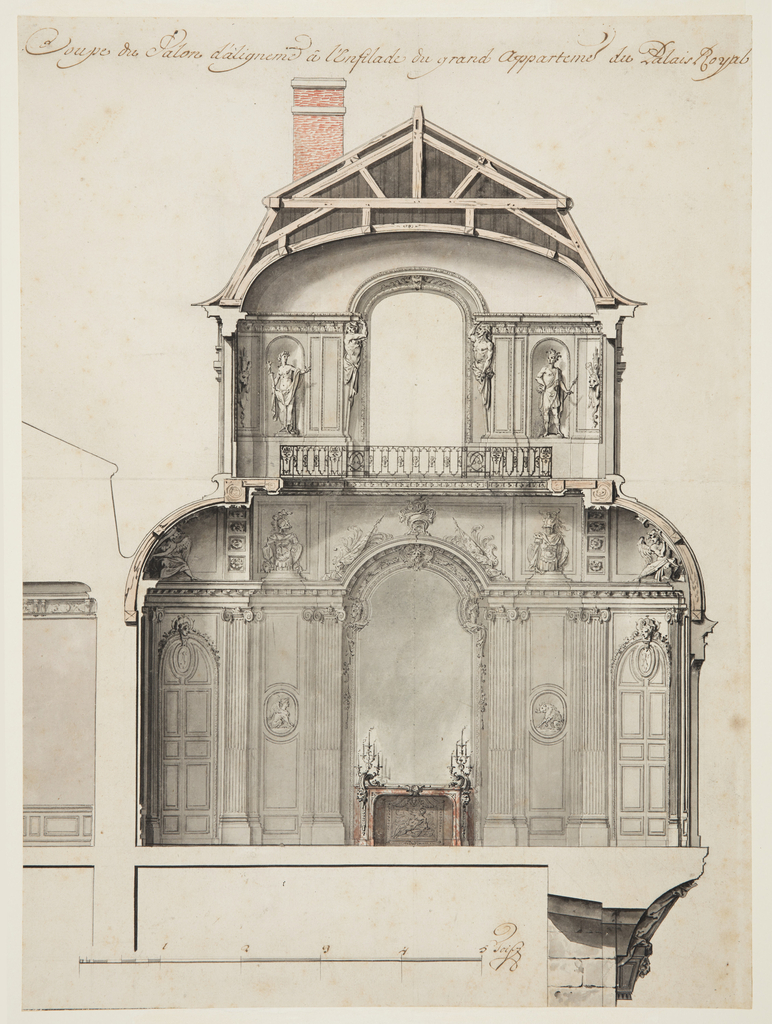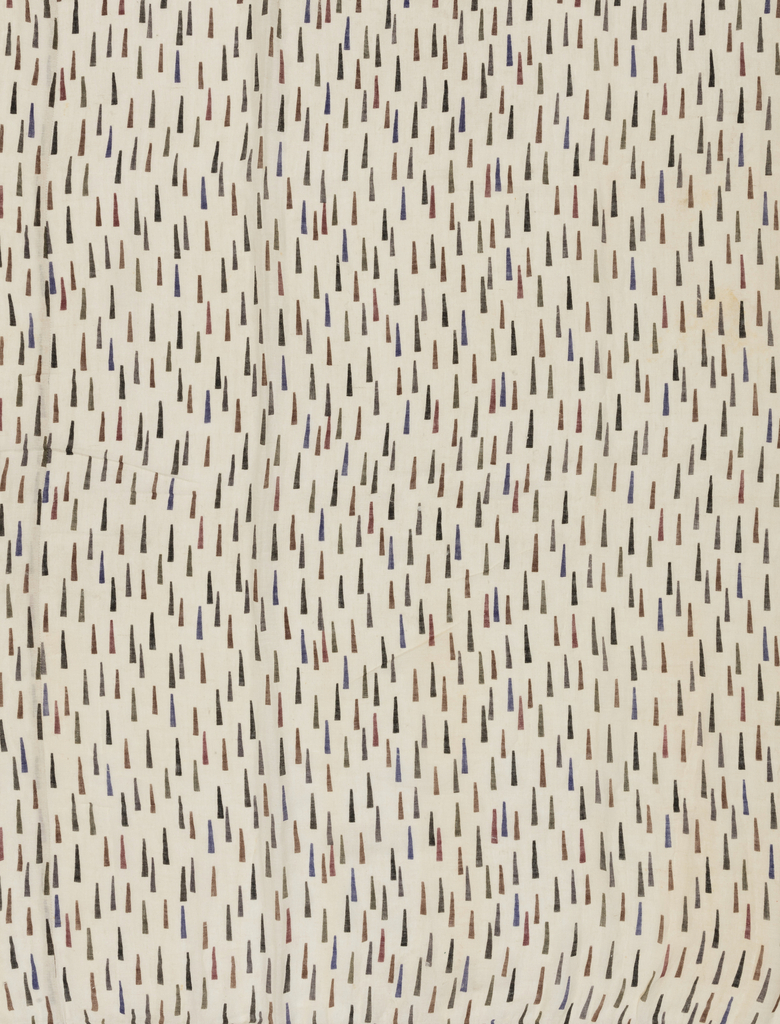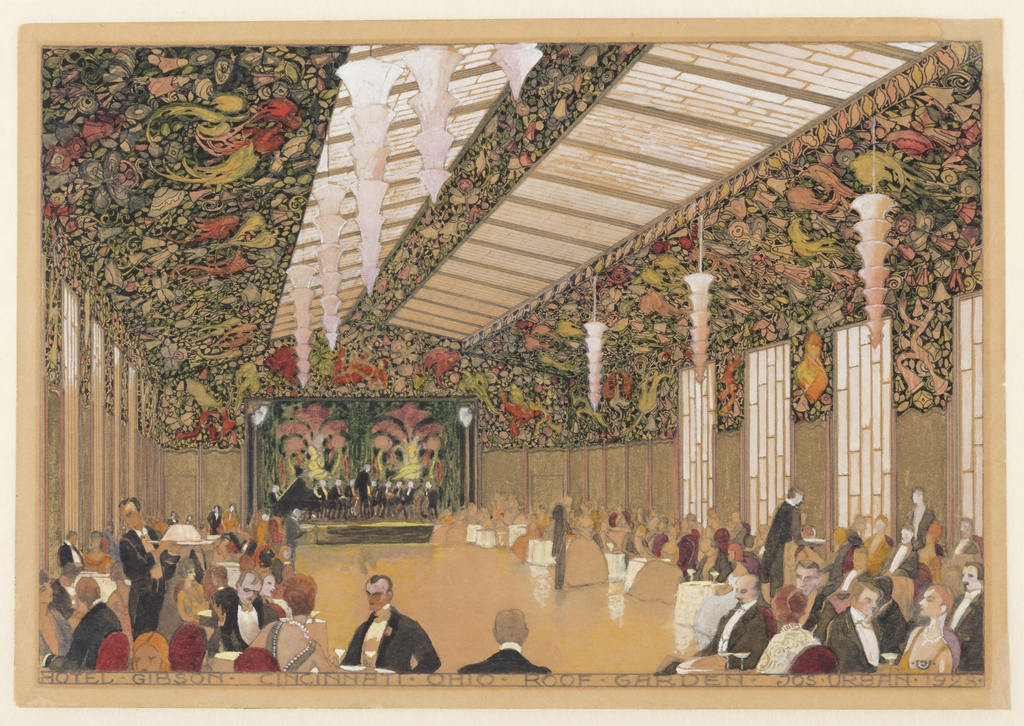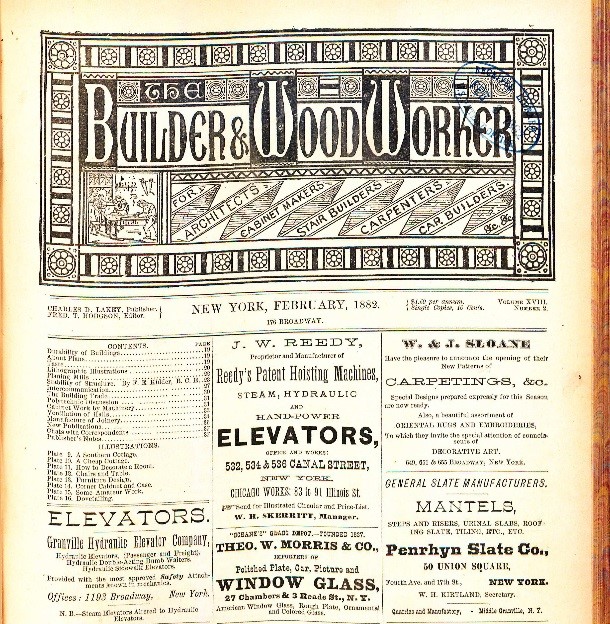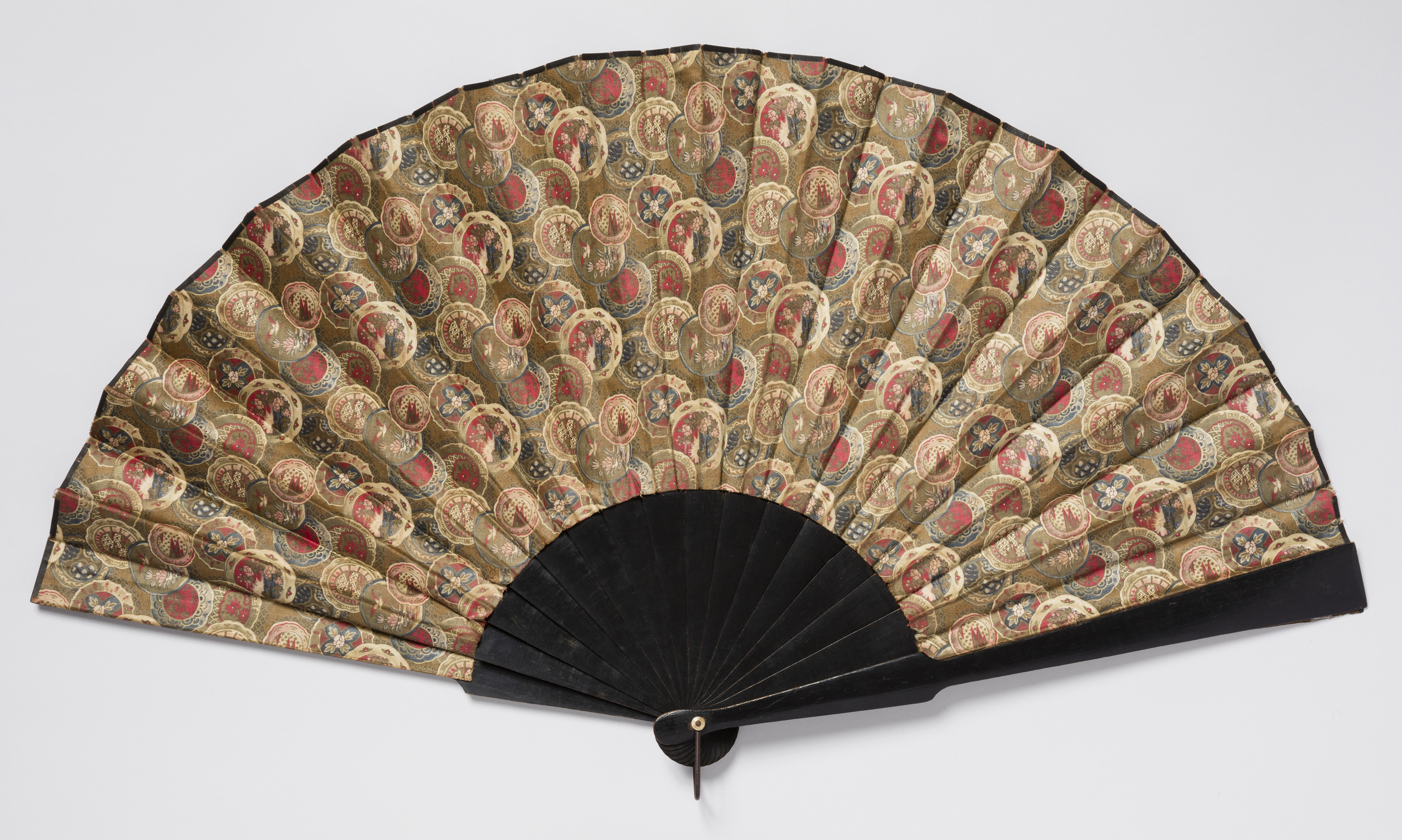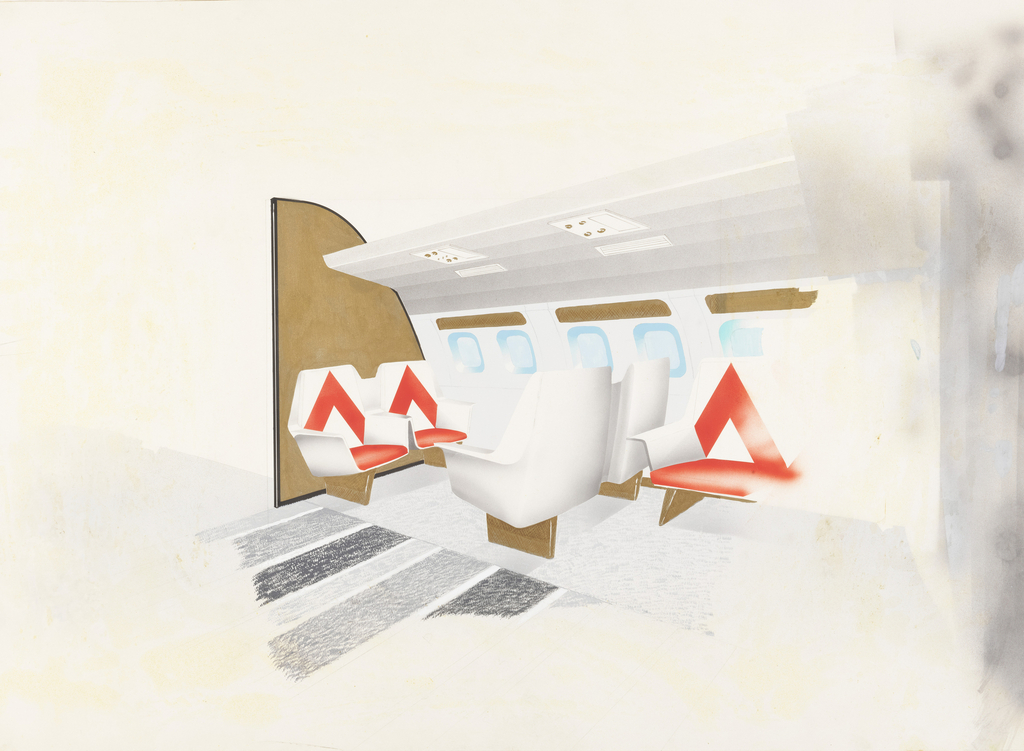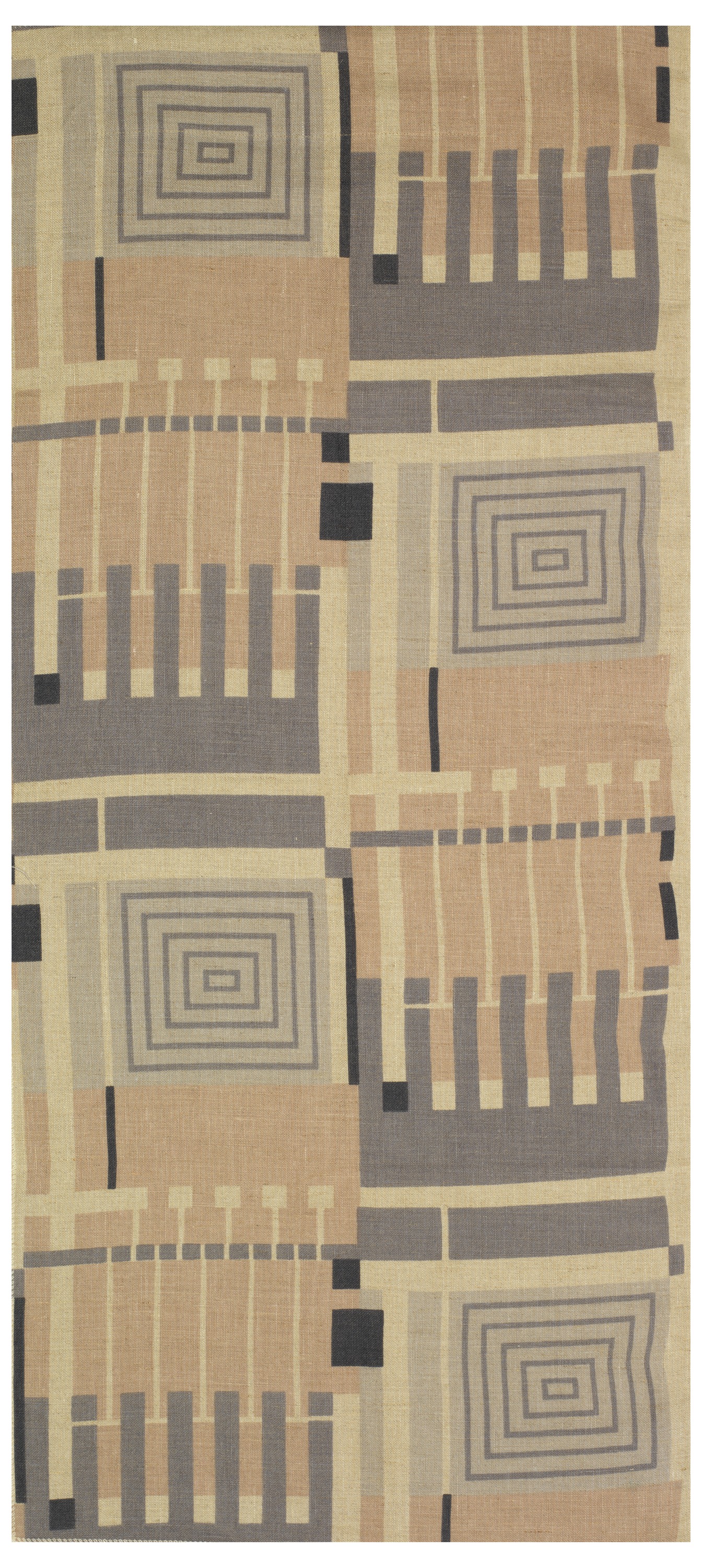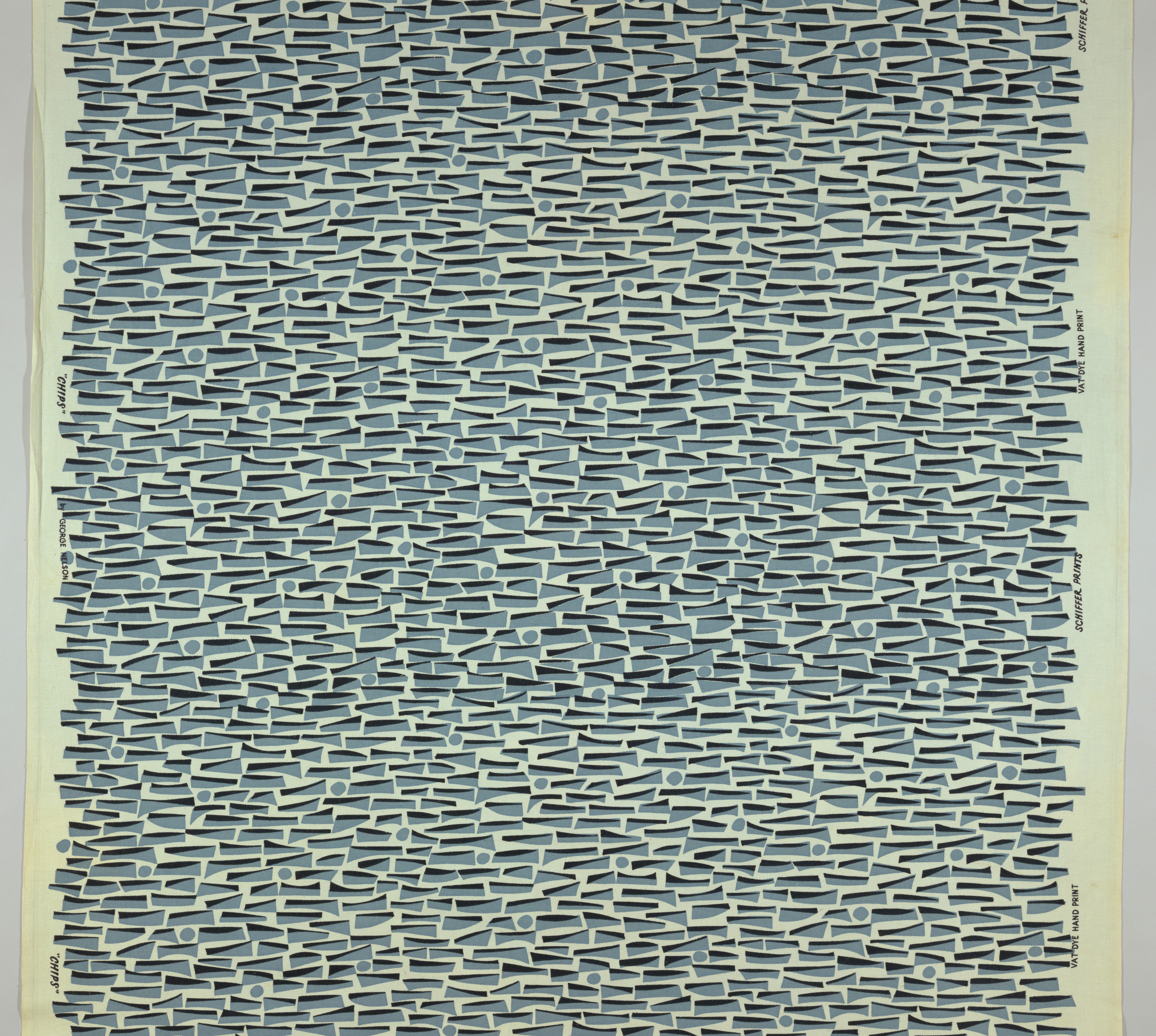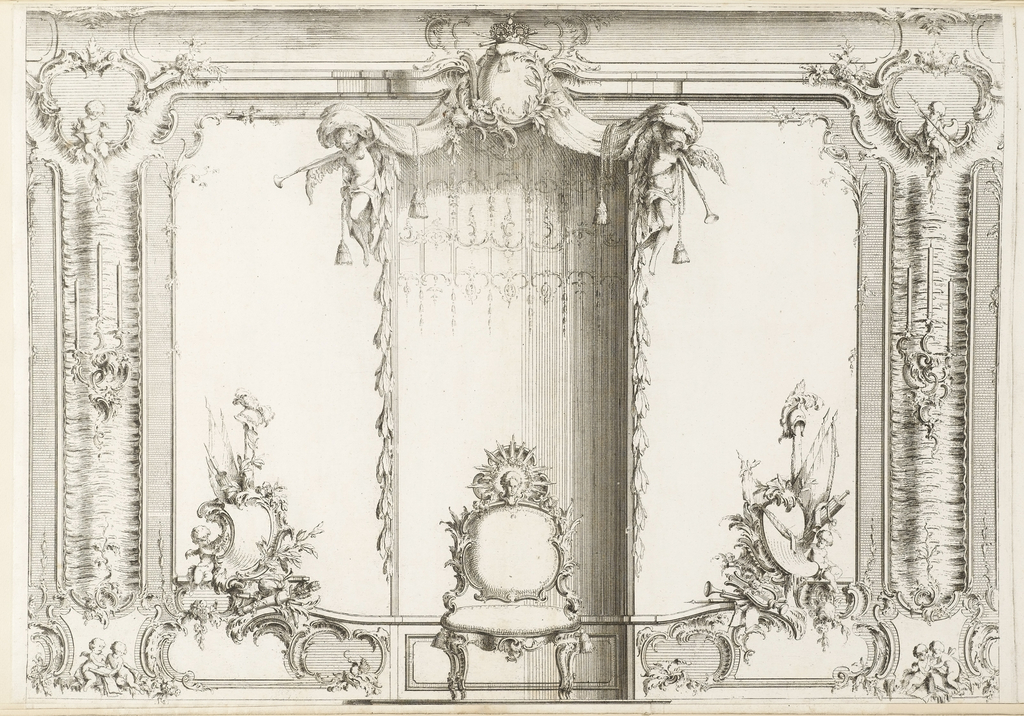This post was originally published on October 9th, 2014. An opulent bed, almost completely dominated by its hangings, pushes at the edges of the border in this etching by the French designer and architect, Daniel Marot. This design is for a state bed (lit d’apparat), a bed that was purely ceremonial rather than functional, and...
Tucked underneath a desk or in a corner of a room a wastebasket sits waiting to collect trash. While an often overlooked item of everyday life, it received the full attention of Donald Deskey. The designer, who established his career in New York in the 1920s, dedicated himself to reimagining the look of the American...
During World War II, commercial construction in the United States came to a standstill, but Dorothy Draper received a plum commission to design the interiors of Cassino Hotel Quitandinha, in Petrópolis, a mountain resort outside Rio de Janeiro, Brazil, designed by Italian architect Luis Fossatti and constructed by entrepreneur Joaquim Rolla. At the time it...
Several publications arose in response the burgeoning 19th-century middle class seeking advice on how to create beautiful and effective interiors in their homes. One in particular stands out as an early guidebook for emerging designers and their patrons. Suggestions for House Decoration in Painting, Woodwork and Furniture, by Rhoda and Agnes Garrett, describes the home, how...
Rockwell Kent is famous as an early American modernist painter, printmaker, illustrator, writer, sailor and adventurer. Like many artists he did commercial and decorative work in order to earn money and pay the bills. The Cooper Hewitt Library has some examples of this commercial work – designing dinnerware, murals, bookplates, and this interior design and...
In 1965, Jack Lenor Larsen made the first of sixteen trips to Ireland at an invitation from the Irish Export Board to develop fabrics for interiors. Using a mill specializing in worsted wool and a Donegal handweaving operation, he produced worsted damasks and tweed and satins with vegetable-dyed screen prints, which make up his 1969...
The Palais Royal lies just on the other side of the rue de Rivoli in Paris, well within eyesight of the Louvre. Among other things, this former royal palace is now the seat of the Council of State (Conseil d’État) and the French Ministry of Culture (Ministère de la Culture). Despite its regal name, it was...
Alexander Girard was one of the most influential textile designers of the mid-century period. Along with colleagues Charles and Ray Eames, George Nelson, and Eero Saarinen, he was a strong proponent of bringing an affordable modernism to the middle class. From 1952 to 1973, Girard served as head of the Textile Division of Herman Miller...
Now on view in The Jazz Age: American Style in the 1920s, Joseph Urban's design for a roof garden reflects turn-of-the-century summer dining at its finest.
Title: The Architect, builder and woodworker. Publisher: New York [etc.] C.D. Lakey [etc.] 1868- Smithsonian Libraries Reference Number: NA1. A43 CHMRU Builder and Wood-Worker Masthead. Vol. 18, no.2 Feb, 1882. NA1. A43 CHMRU The Cooper Hewitt Library collects a variety of trade periodicals, especially those dealing with architecture and the building trades. The Architect,...
This folding fan dating from the 1880’s-90’s is a perfect example of the expression of the Aesthetic Movement in costume accessories. Fans and the Aesthetic Movement are deeply intertwined. The Aesthetic style was strongly influenced by the decorative arts of Asia, where fans originated. During the late 19th century, Asian fans, particularly from Japan, were...
While interior designer Dorothy Draper is most well-known for baroque interiors featuring hallmarks of large floral patterns, plants, and vibrant colors, she adapted her vision to a range of spaces, including automobile and airplane interiors. This 1957 design for an airplane club area still evokes elements of the Draper fantasy but in a style more...
Although most of his home furnishings were designed for specific interiors, Frank Lloyd Wright created several lines of products for the market, among them the Taliesin Line of wall coverings and textiles, produced in partnership with F. Schumacher and Company. The collection included wallpaper, woven fabric, and printed fabric such as this, and many of...
In the aftermath of World War II, a number of textile producers attempted to revitalize the industry by enlisting recognized personalities in art and architecture to design screen prints. “Perhaps the most outstanding name collection is Stimulus Fabrics produced by Schiffer Prints,” Alvin Lustig wrote in American Fabrics Magazine in 1951. “There was not a...
The appartements in eighteenth-century interiors were organized hierarchically to differentiate between ceremonial, social, and private spaces. This hierarchy was reinforced through increasingly elaborate decoration as the designation for spaces grew more public. With this in mind, the decoration adorning the paneling, or boiserie, would have made guests aware of the types of social interactions which...
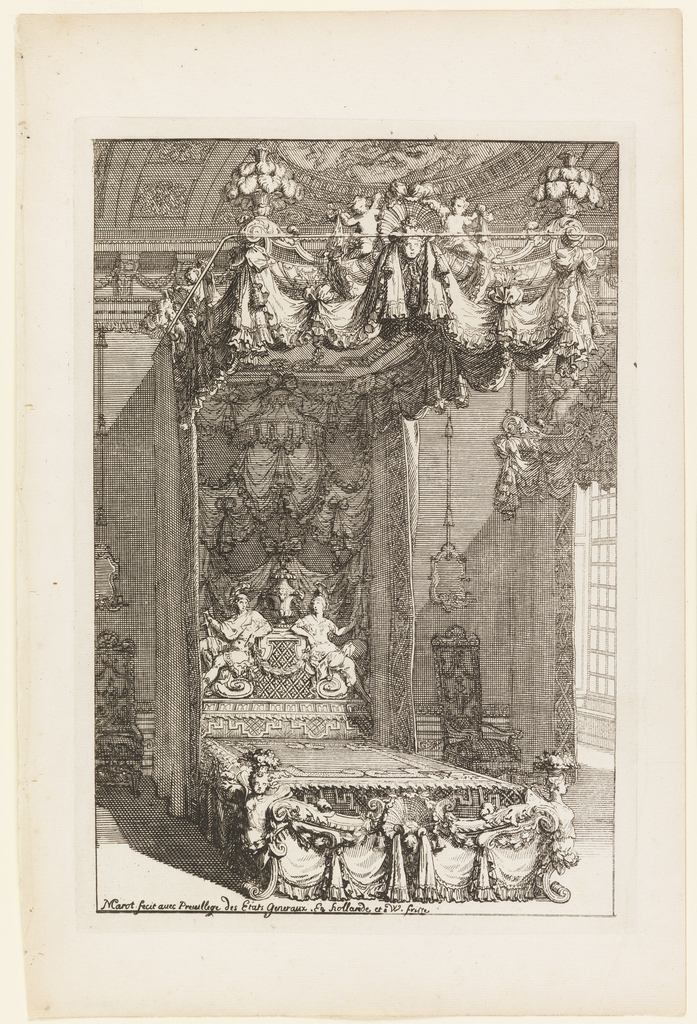
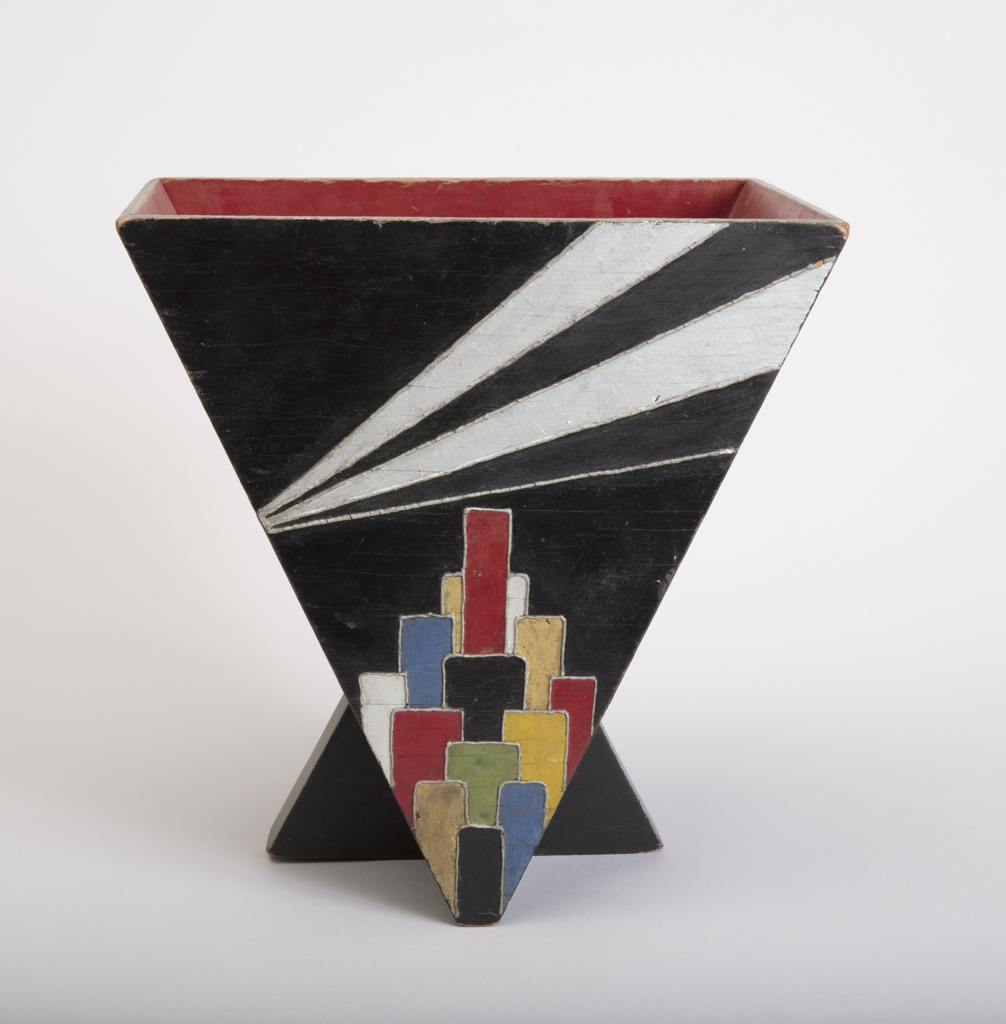
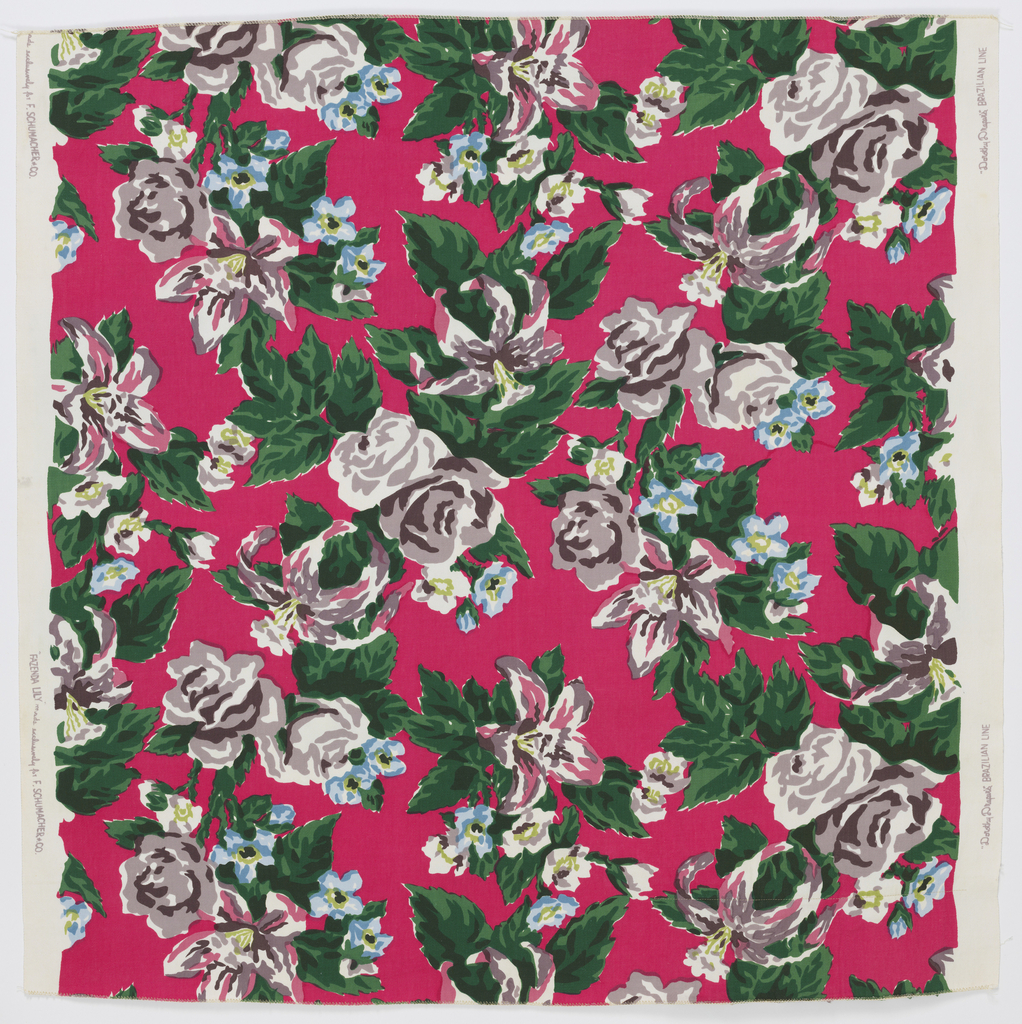
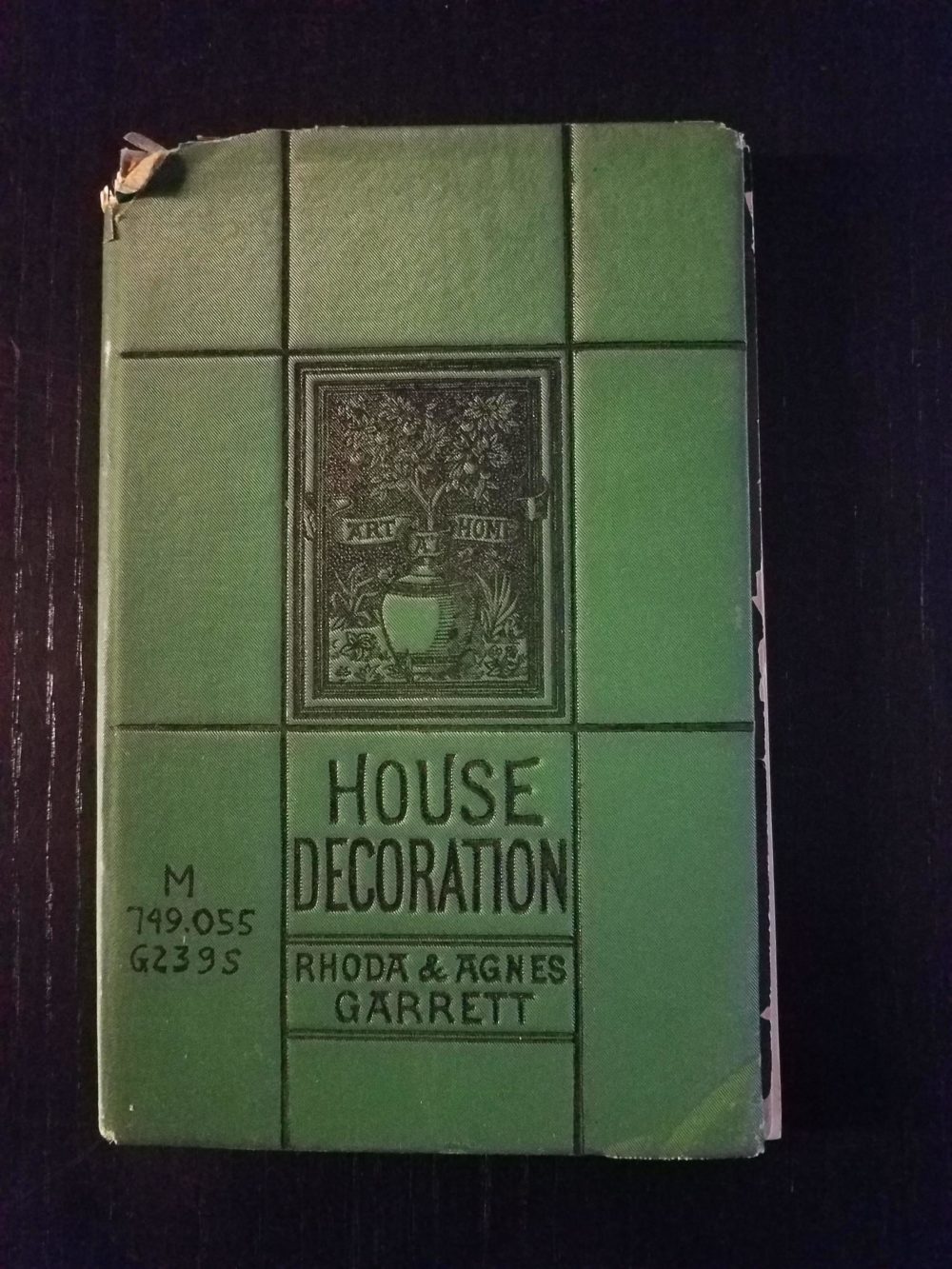
![Image features: Illustration. Cover of The home decorator and color guide by Rockwell Kent. Published by [S.l.] : Sherwin-Williams, 1939. Smithsonian Libraries. Please scroll down to see the blog post about this object.](https://www.cooperhewitt.org/wp-content/uploads/2018/07/NK2115.5.C6-K46-1939r.jpg)
